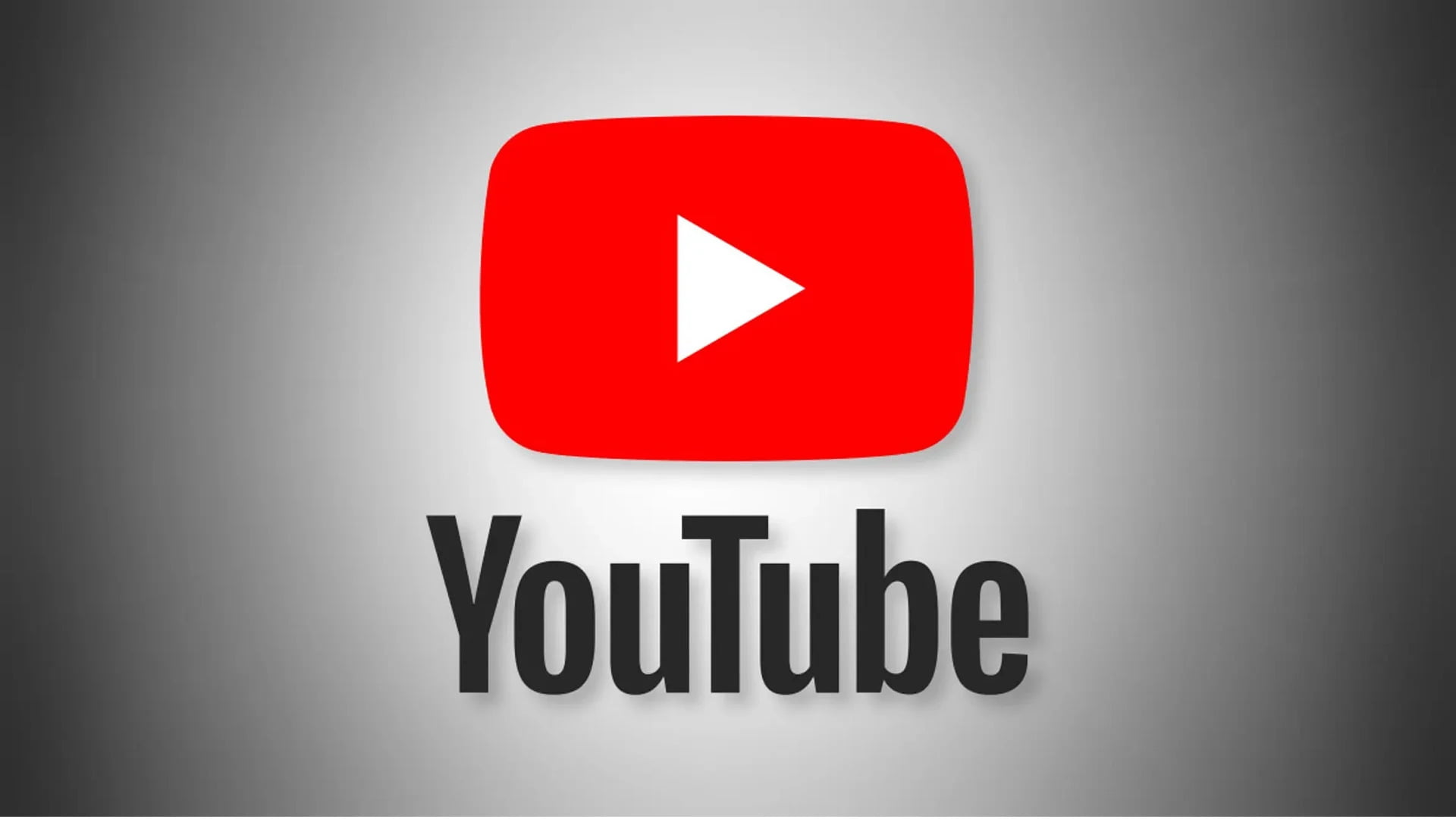
YouTube views are a very important metric for video marketers. YouTube is very careful about how they count views because they want to make sure that the views are coming from real people and not fake accounts or bots.
A view counts when it’s a viewer-initiated intended play of a spam-free video. It’s not an exaggeration to inflate figures, even though the number may vary slightly when refreshing a video watch page.
How do I know if my video is being viewed?
There are a few things to keep in mind when it comes to video views on YouTube. First, it’s important to understand what constitutes a view on YouTube. A view is defined as a viewer-initiated intended play of a spam-free video.
This includes replays, but also means that a view won’t be counted if you’re intentionally spamming your video to boost its view counts. If you’re constantly refreshing your video to artificially increase its views, YouTube will know and will flag it as spam.
YouTube also doesn’t reveal the exact identities of viewers, but it does provide detailed analytical information about your audience. This includes the demographics of your audience (age, gender, location), the types of devices they use to watch videos, and the type of content they’re watching from other channels. These insights can help you better tailor your content to the needs of your audience. It can also inform your marketing strategy and promotional campaigns.
What does a view on YouTube mean?
A view on YouTube is when a user watches a video for at least 30 seconds. If a viewer replays a video, it still counts as a view. However, the views must be logged from an account that is either verified or has a large number of subscribers.
Views are the primary metric that marketers use to track and measure the success of their videos on YouTube. They are important because they indicate the level of interest and engagement a video has.
Getting more views on your videos can have many benefits for you and your business. One benefit is that it can help your videos appear in search results and recommendations for other viewers.
It’s not uncommon for a video to have repeat views, especially when it’s very popular. However, YouTube does not count these replays as new views. In fact, they will often freeze a video’s view count to validate that the replays are legitimate.
How do I get more views on YouTube?
There is no one-size-fits-all answer to this question, but some tactics that have been shown to help get more views on YouTube include:
Make sure your video title and description are optimised for search – this means using keywords in a way that will resonate with viewers (don’t go overboard – focus on relevance), as well as including tags relevant to the topic of the video. Localising your video content for international audiences is also a good idea – use free AI translation tools or consider professional localisation services.
Create playlists to encourage viewers to watch more of your videos – the longer they spend watching your content, the better for your video view count. Finally, creating a consistent upload schedule will give your audience something to look forward to and increase the chances of them sharing your content on social media, which can lead to new viewership for your videos.
Lastly, take note of the retention rates on your existing videos and learn from the ones that perform best – you may want to repeat the content that your audience likes the most so that you can grow your viewership on YouTube.
How do I get more subscribers on YouTube?
One of the best ways to get more YouTube views is to have consistent uploads. When you have a consistent schedule, viewers will know when to expect new videos from you and will be more likely to subscribe.
Another way to increase your YouTube views is to create video playlists that contain related content. This will help viewers stick around your channel longer and also improve your YouTube video ranking as well.
You can also increase your YouTube views by promoting your videos on other platforms. This can include using social media, email, or even a blog.
Try to target a specific audience when creating your videos. For example, if your goal is to gain more subscribers on YouTube for your fitness brand, create a niche topic like “HIIT workouts for beginners.” This will make it easier for viewers to find and engage with your videos. In addition, it will also help you stand out from the competition and attract a more targeted audience.
